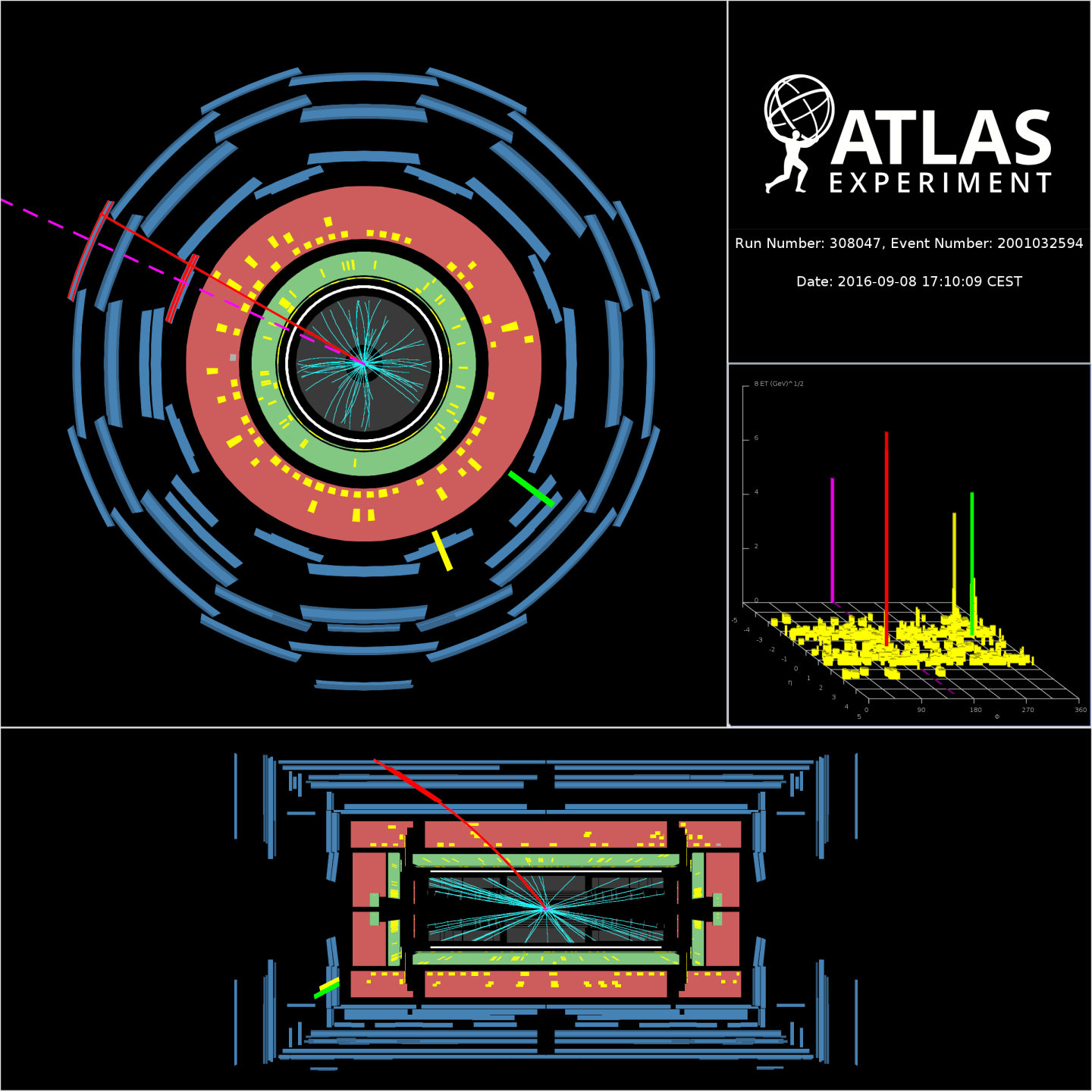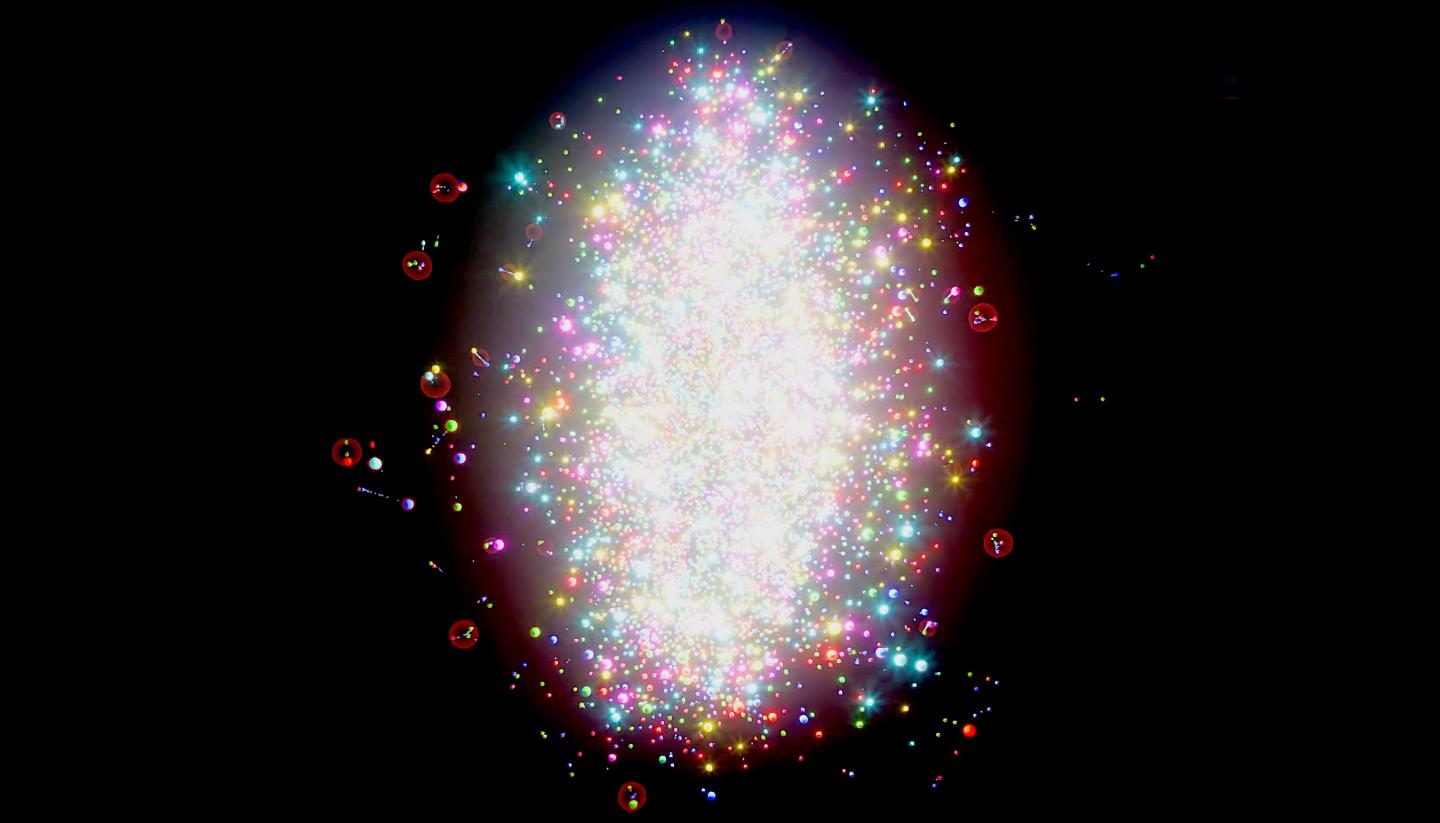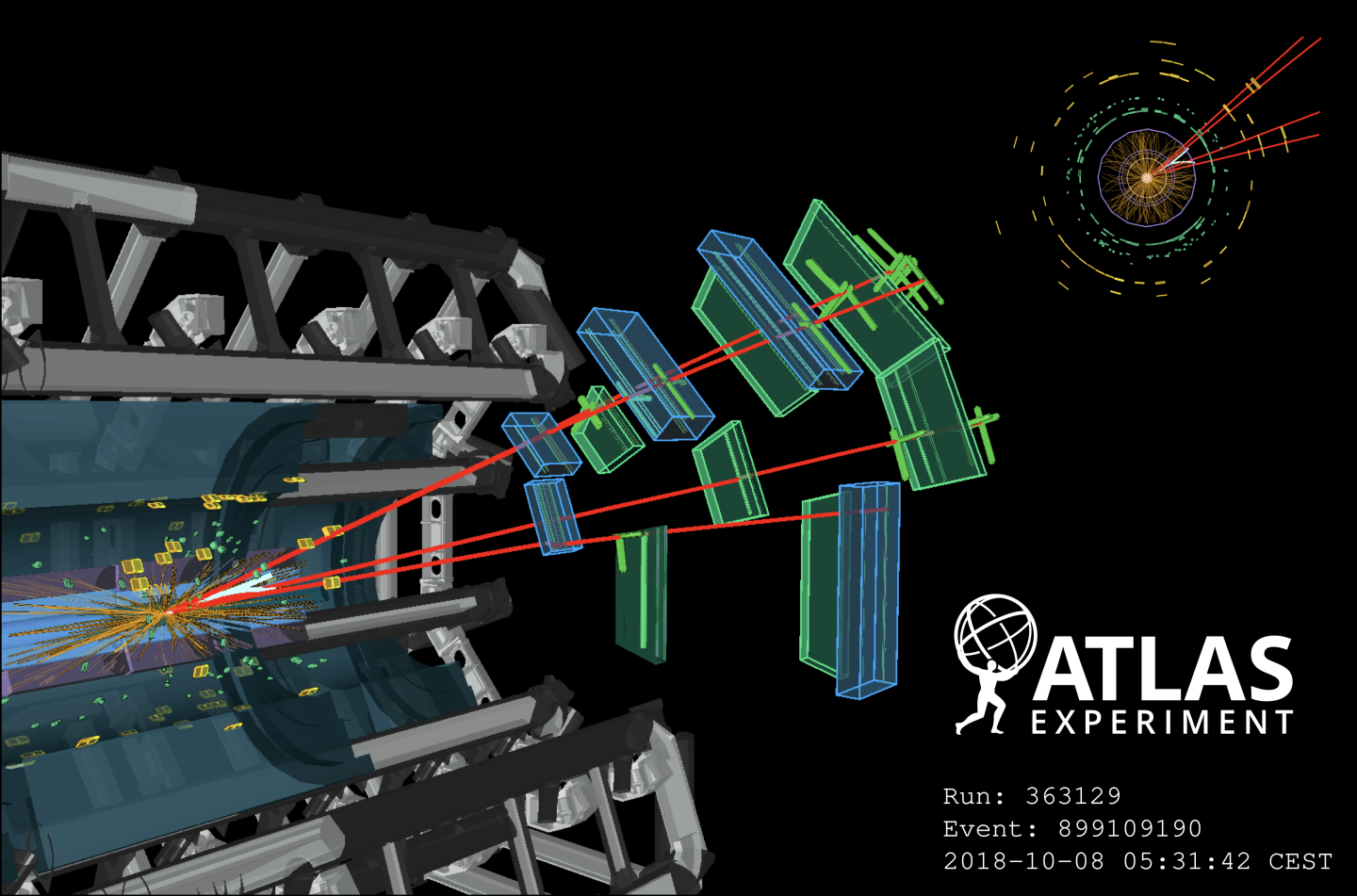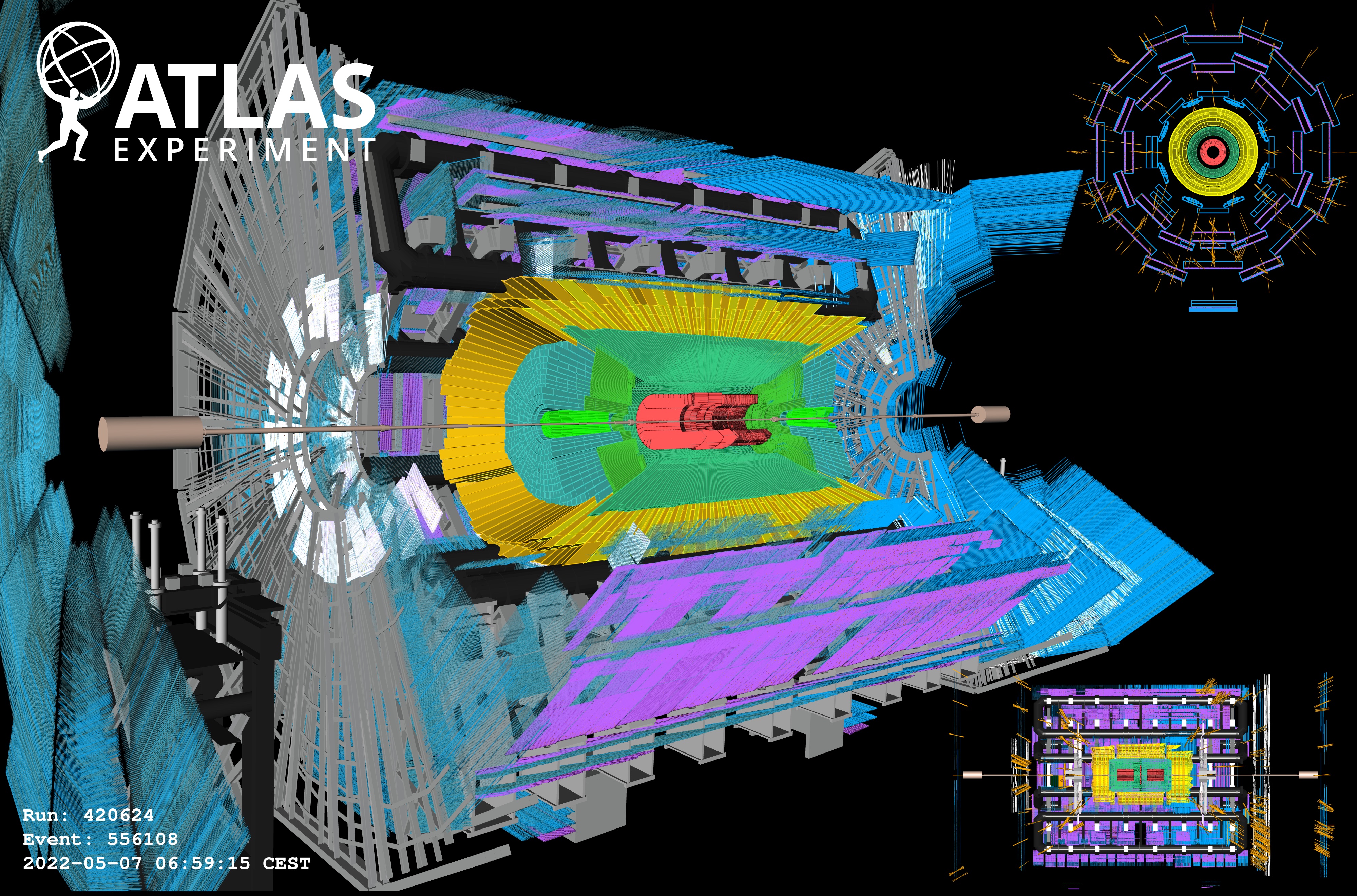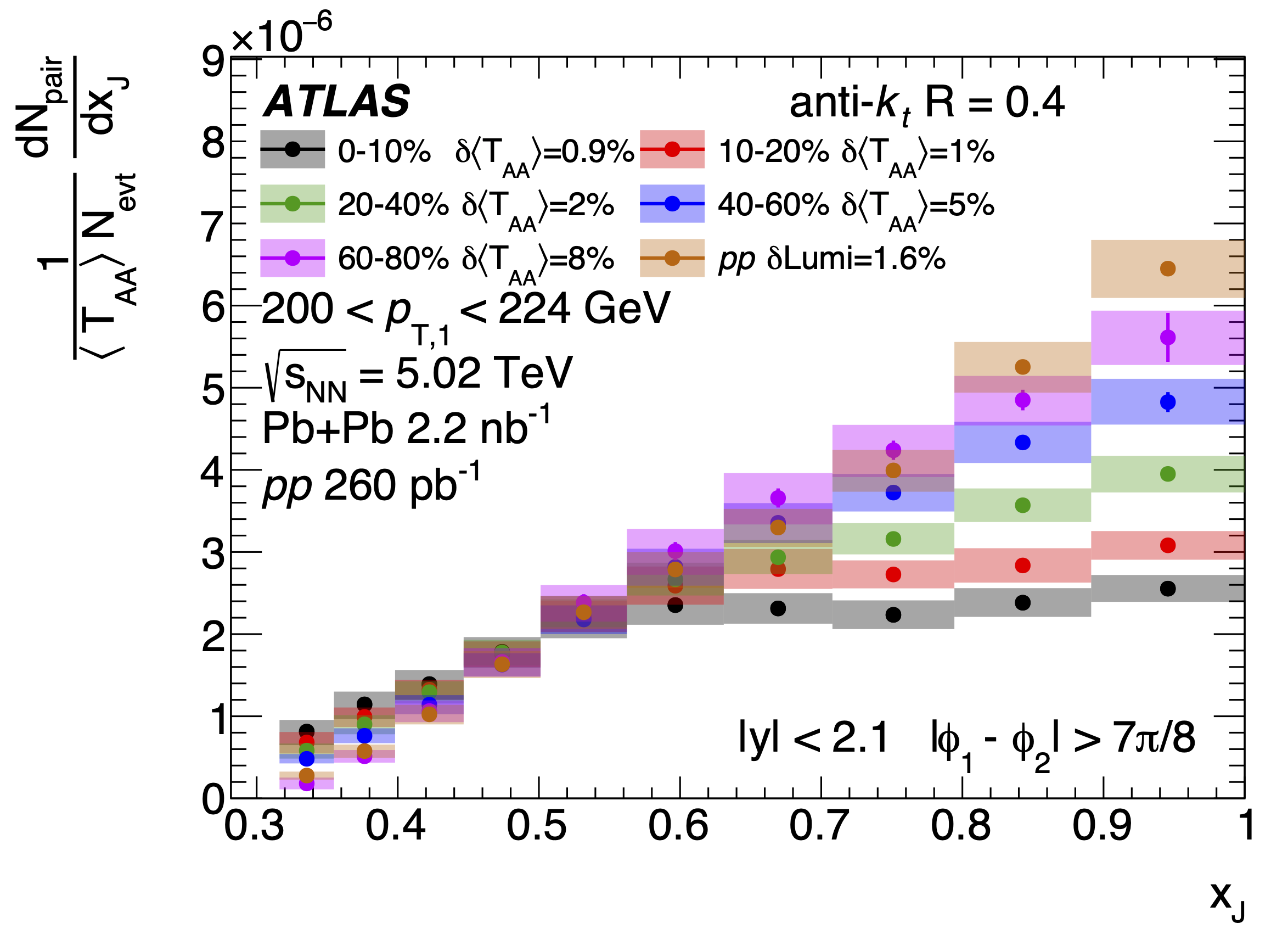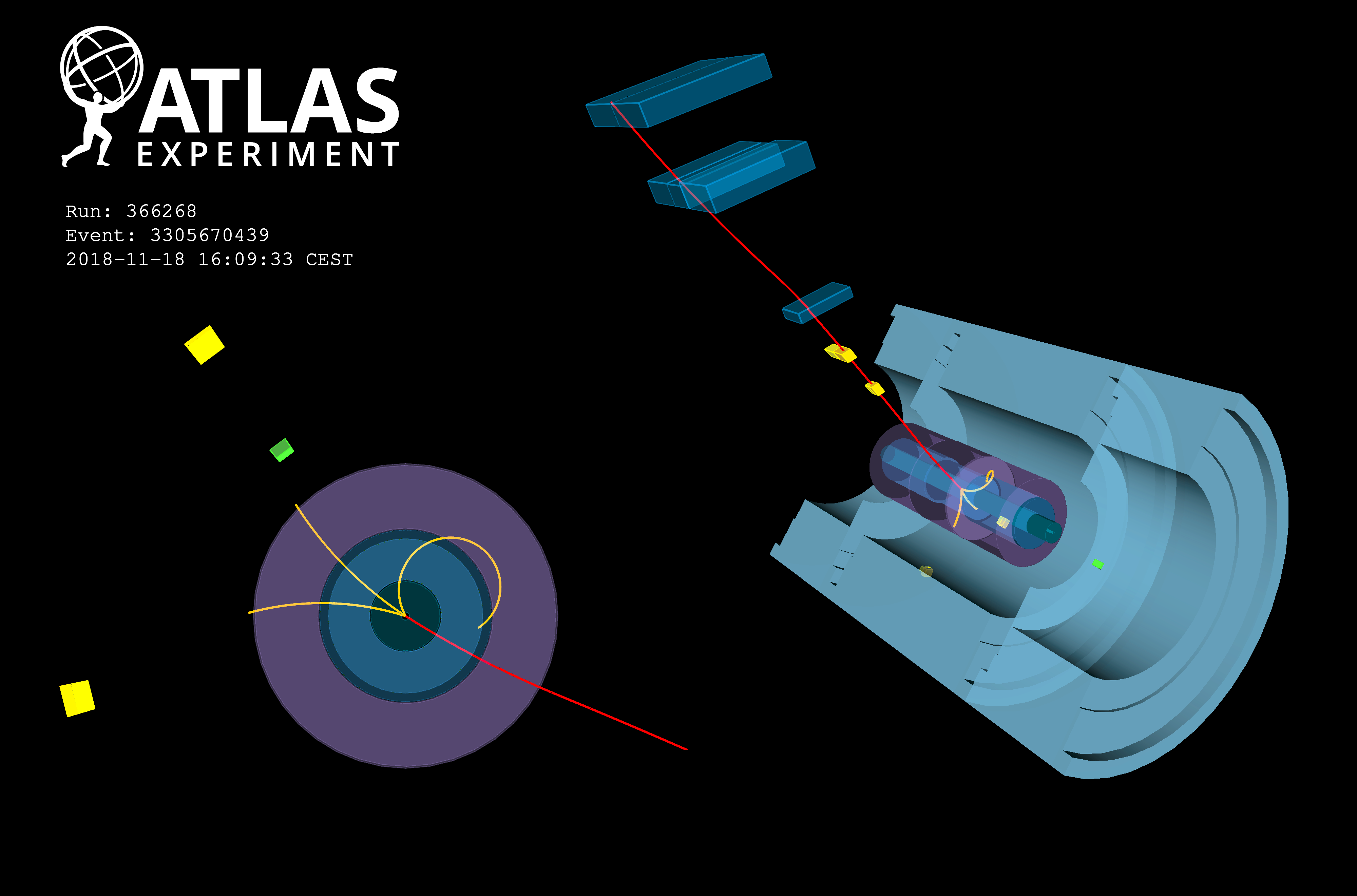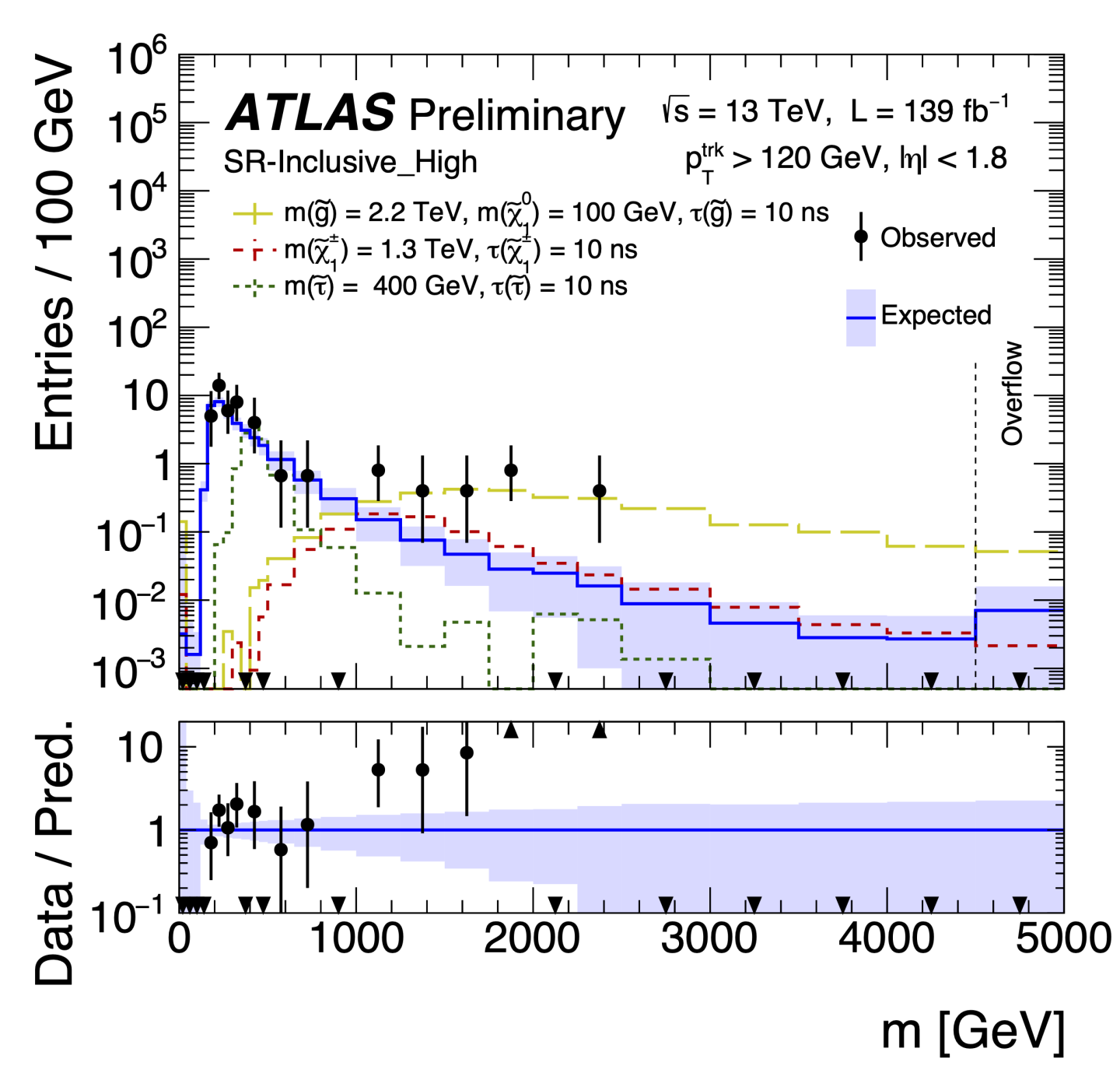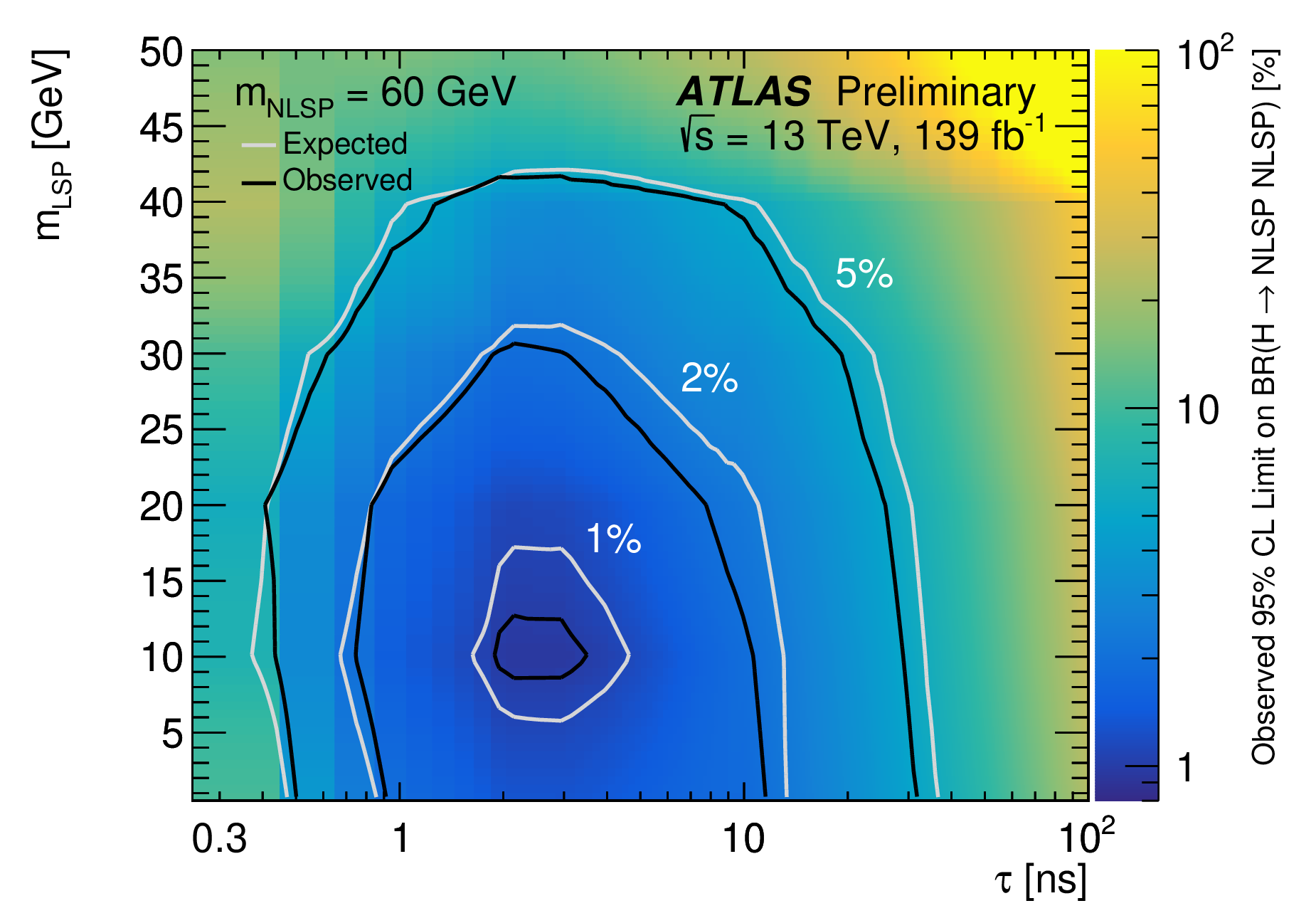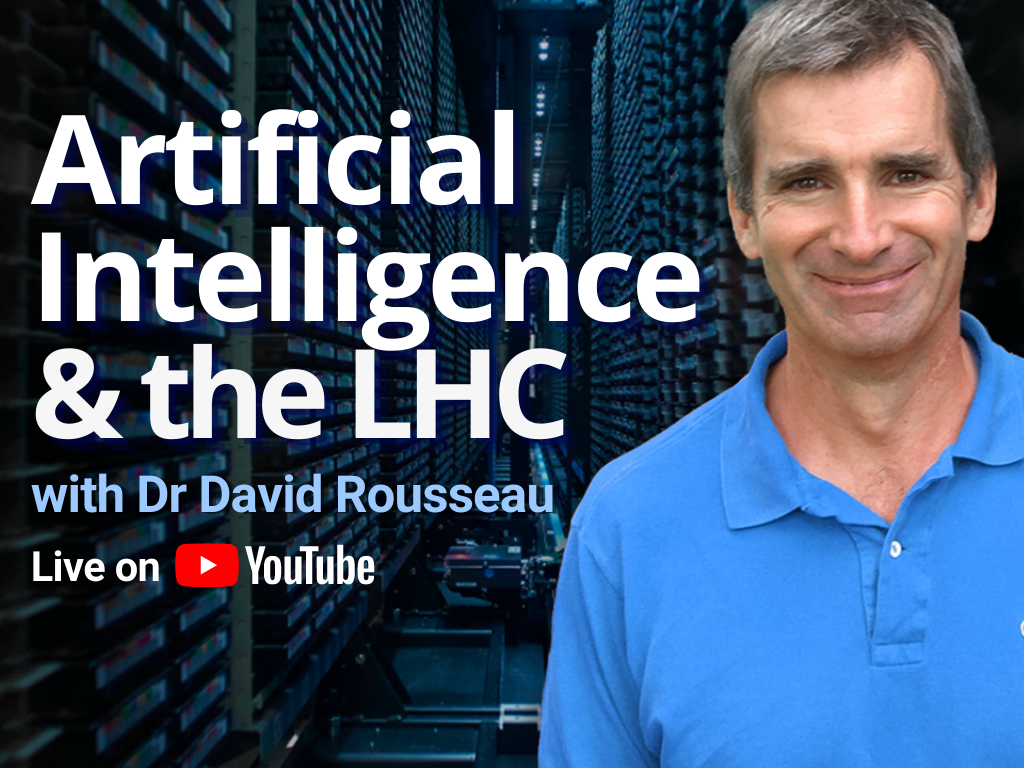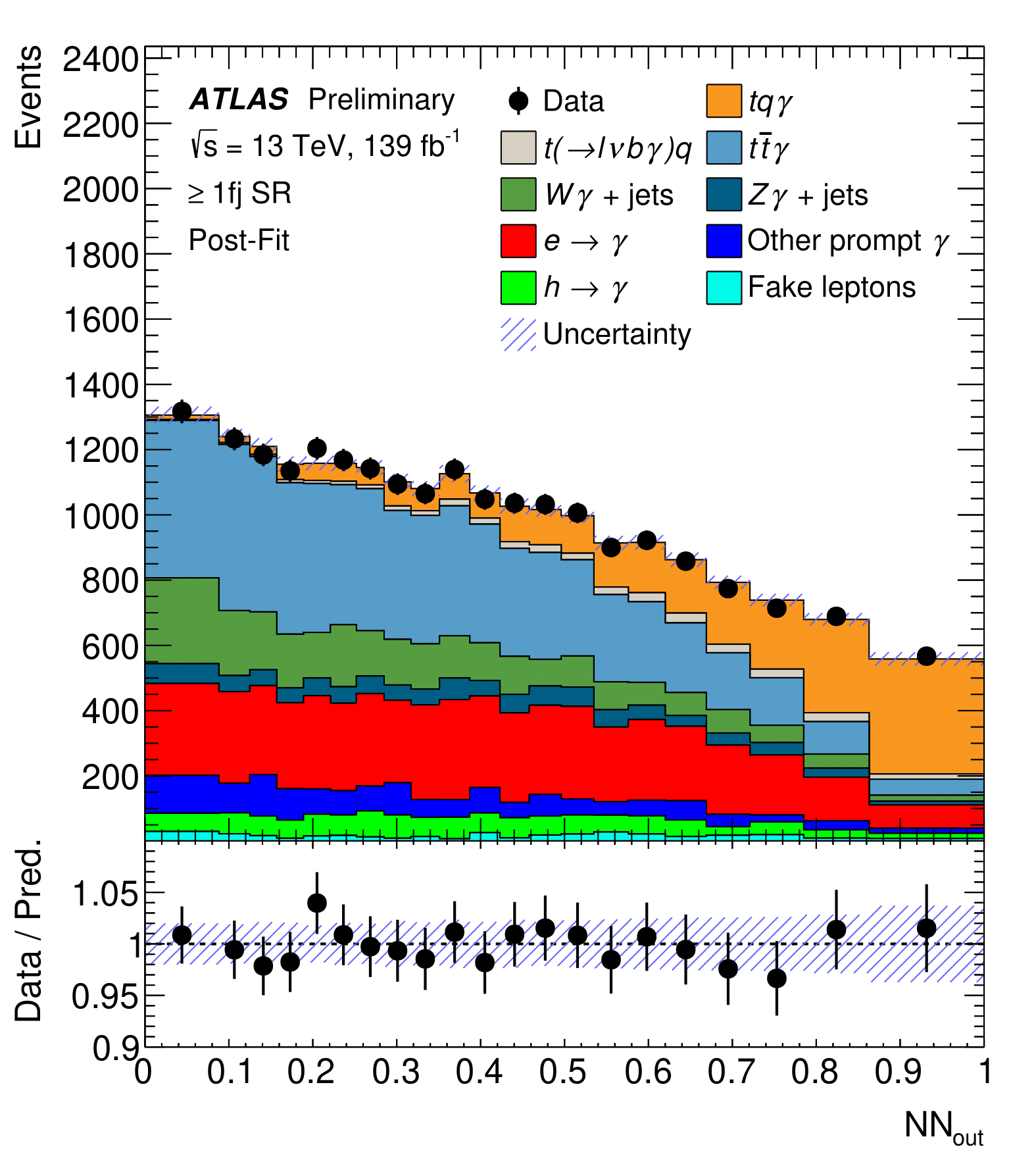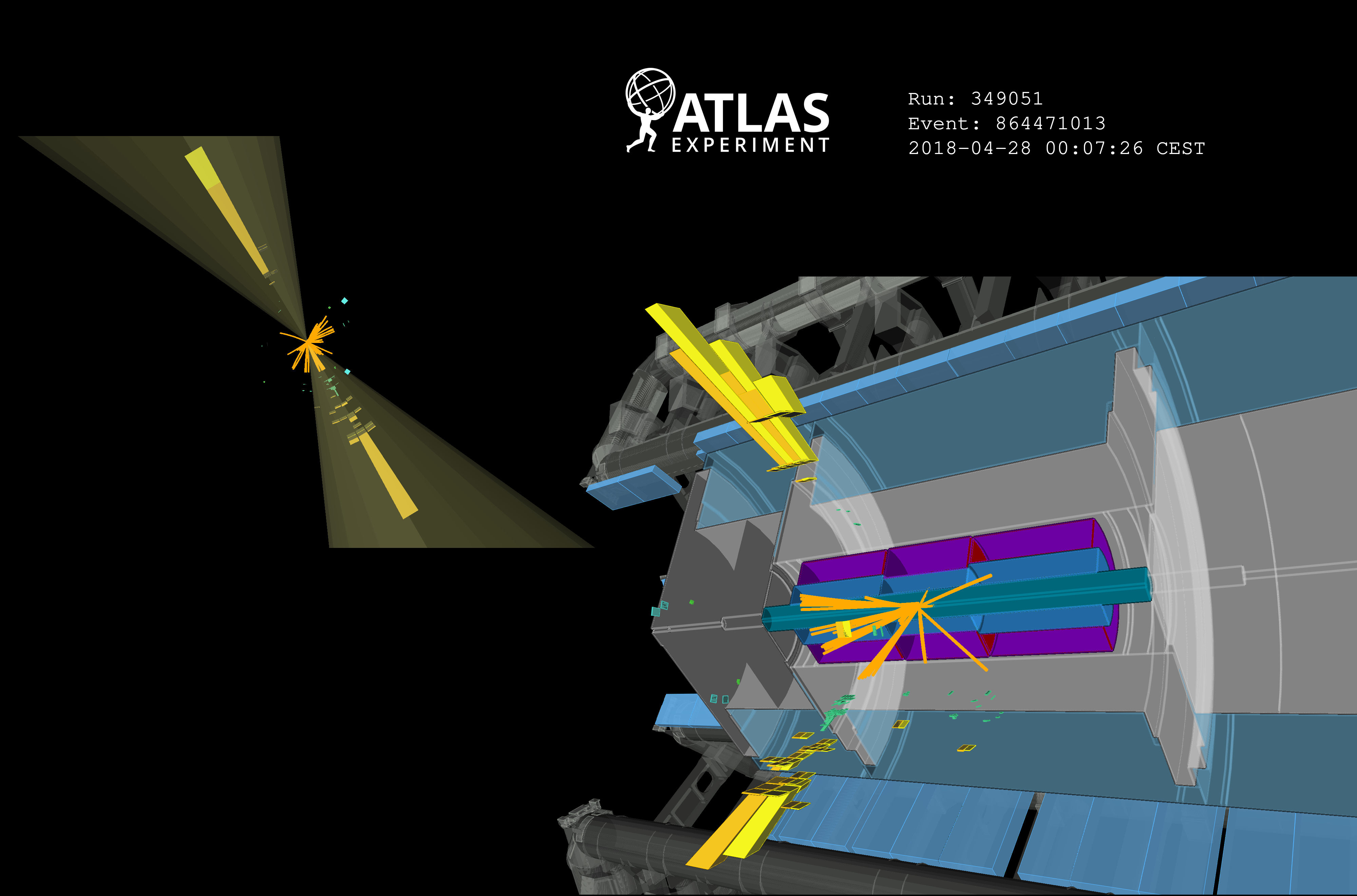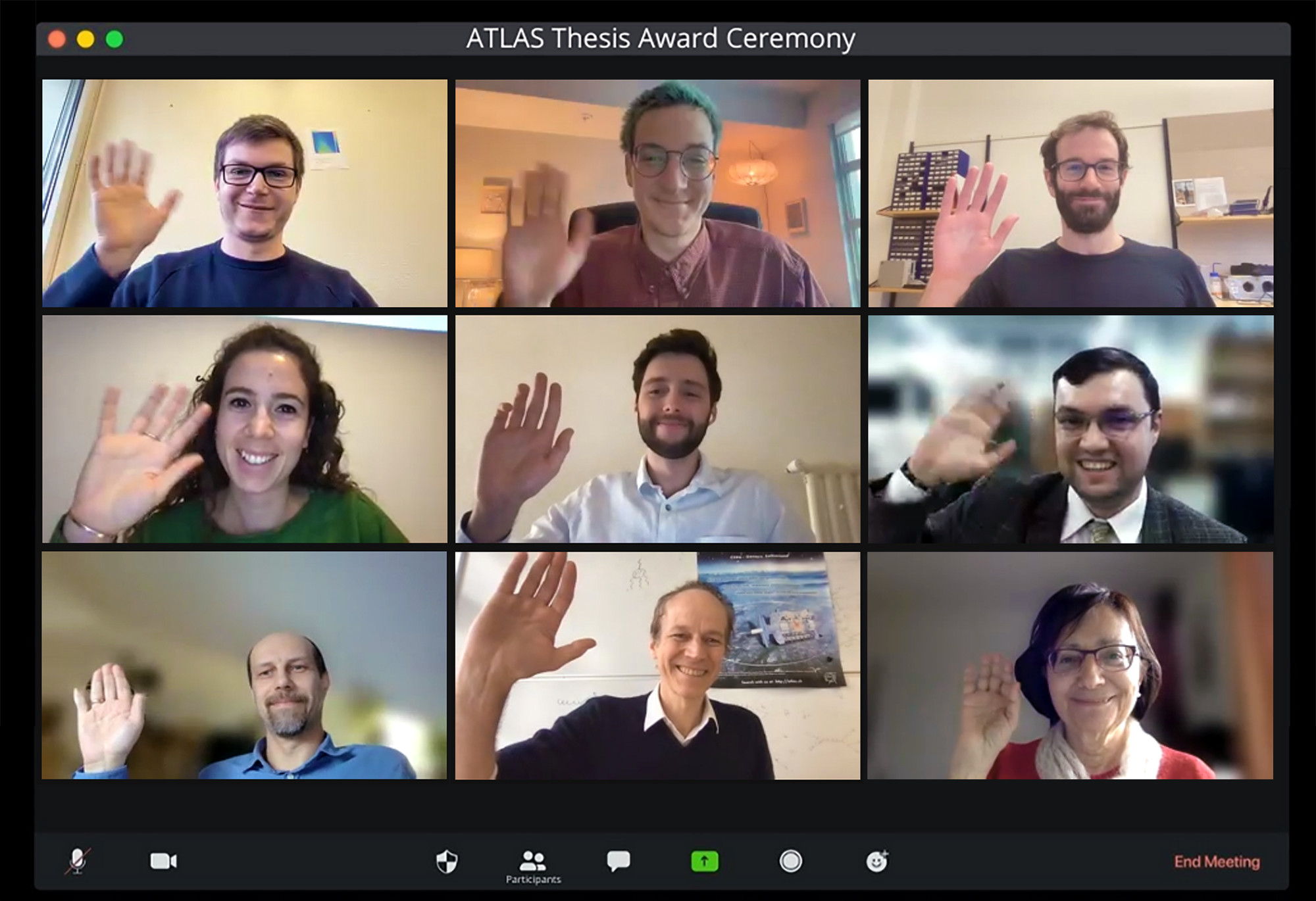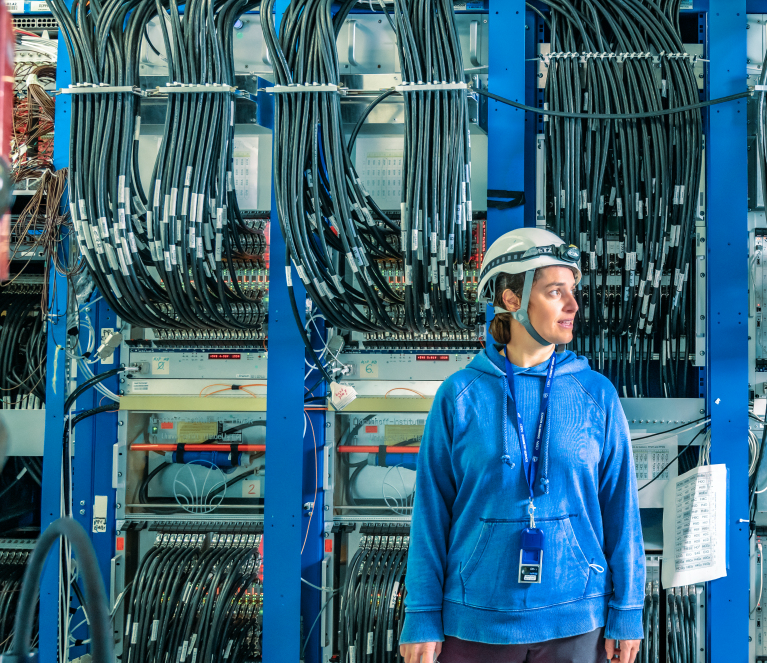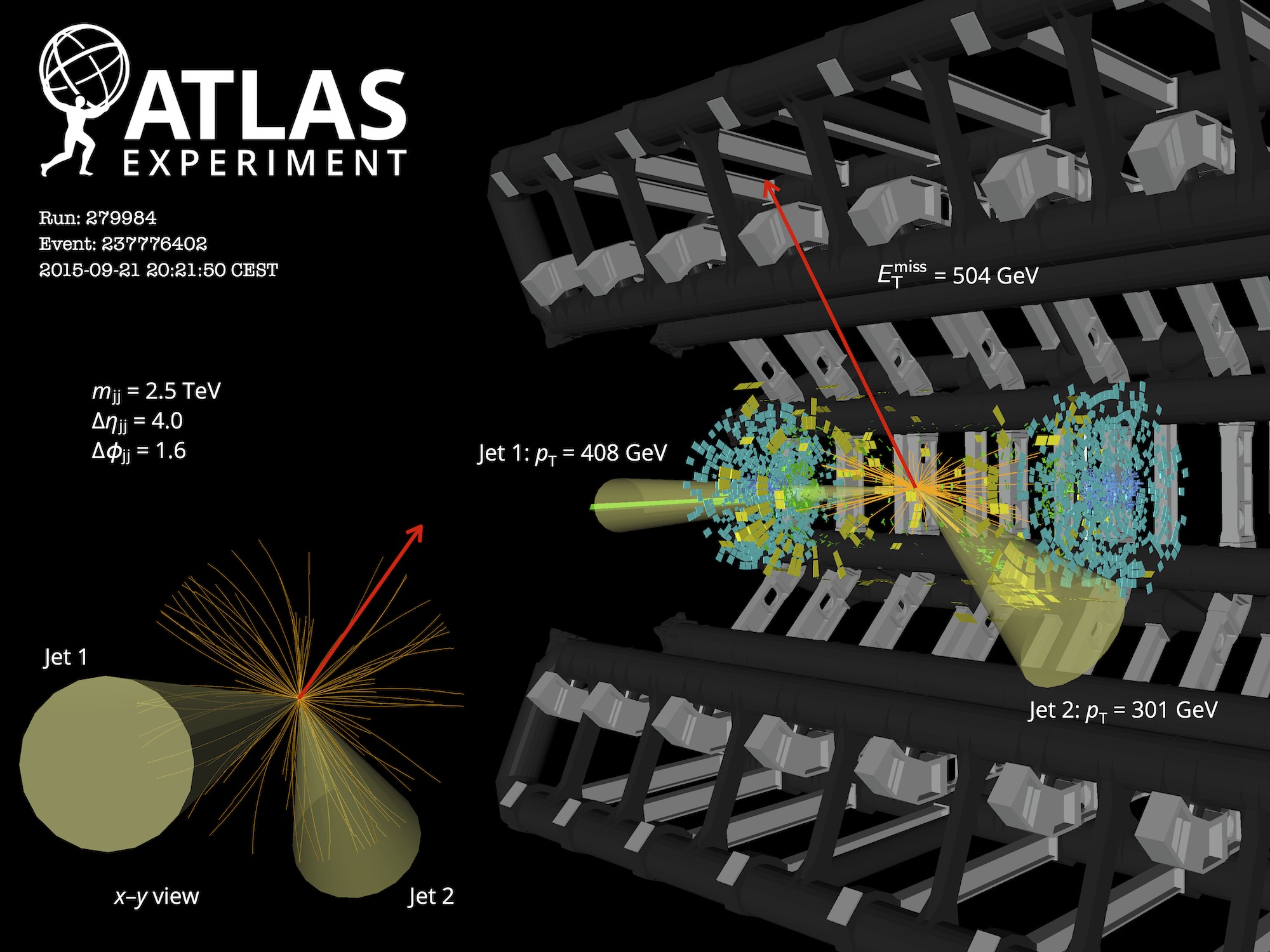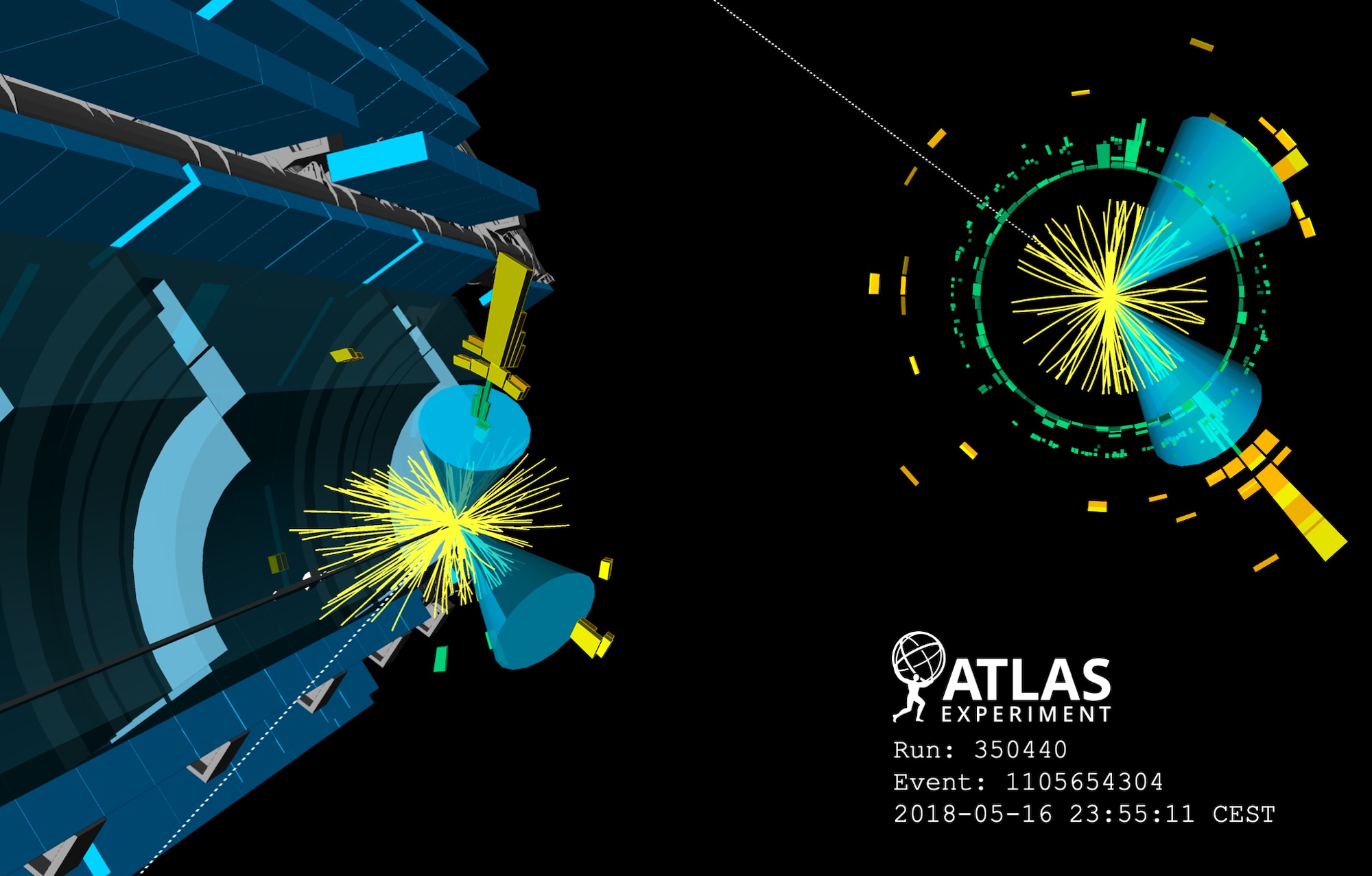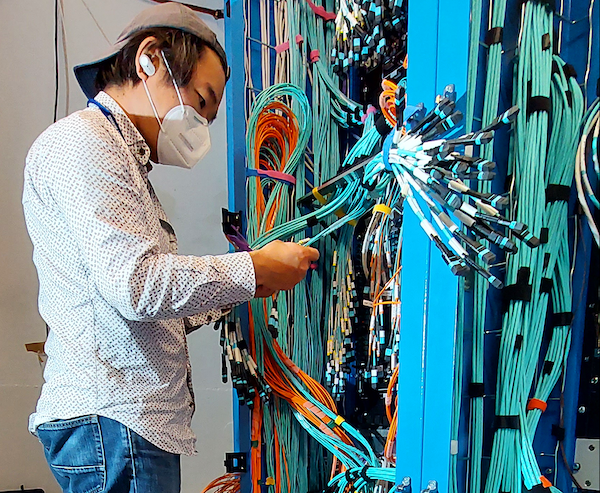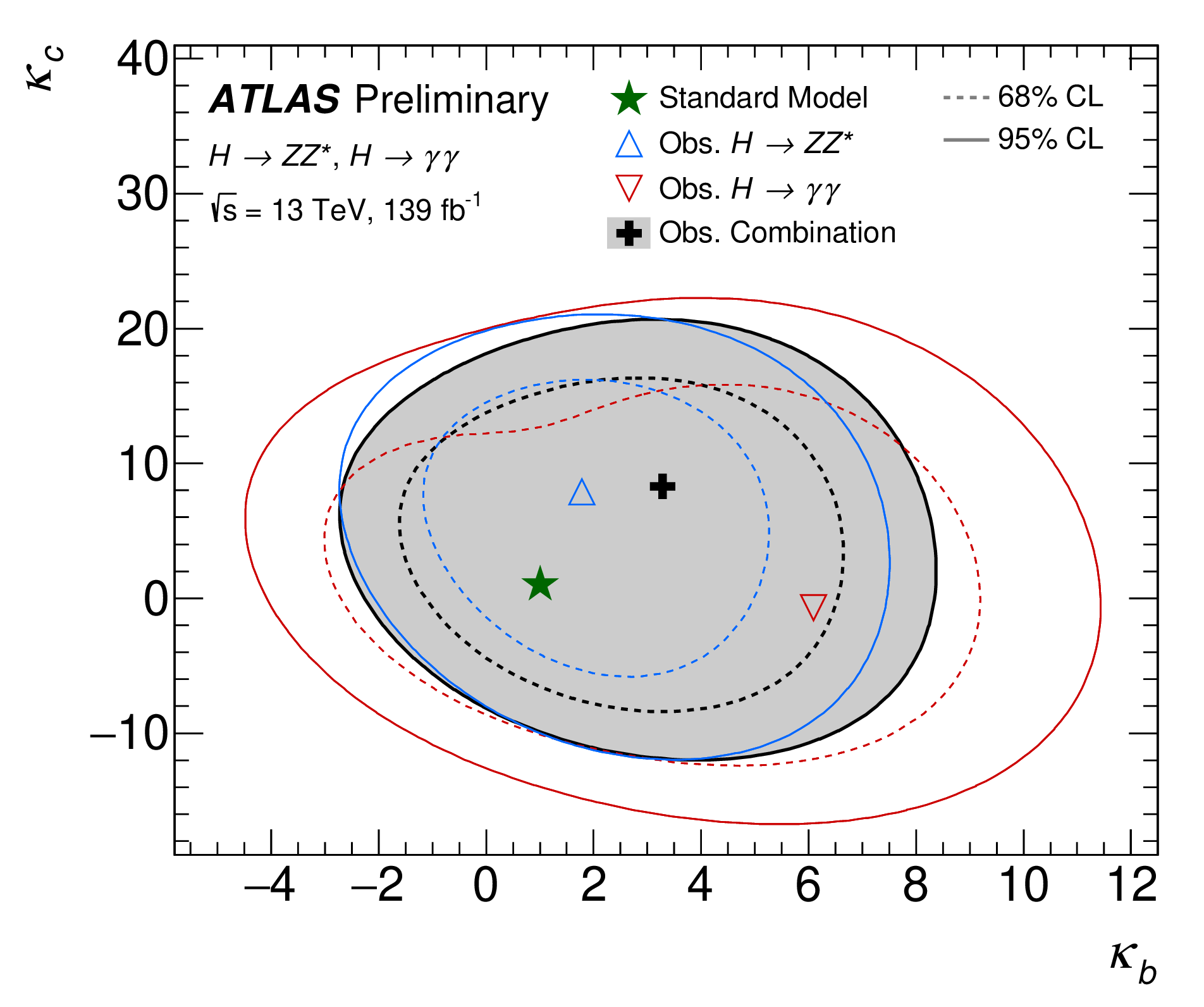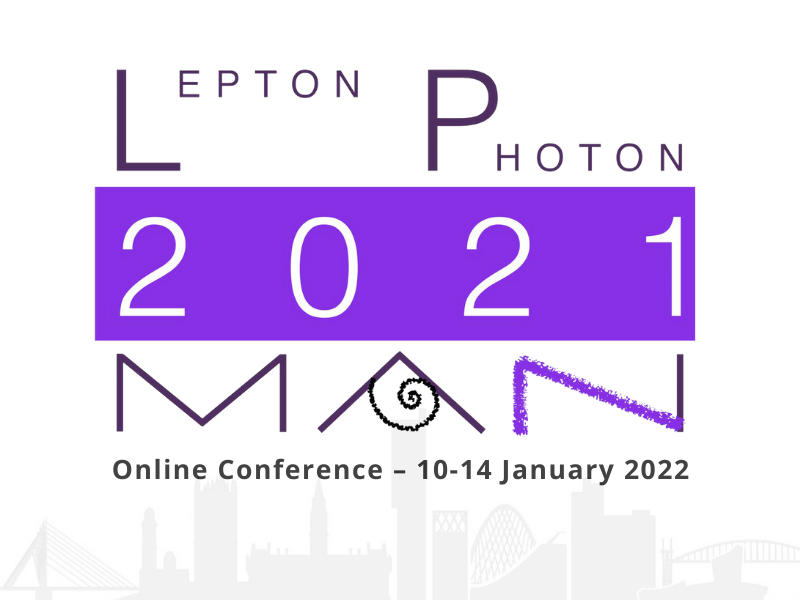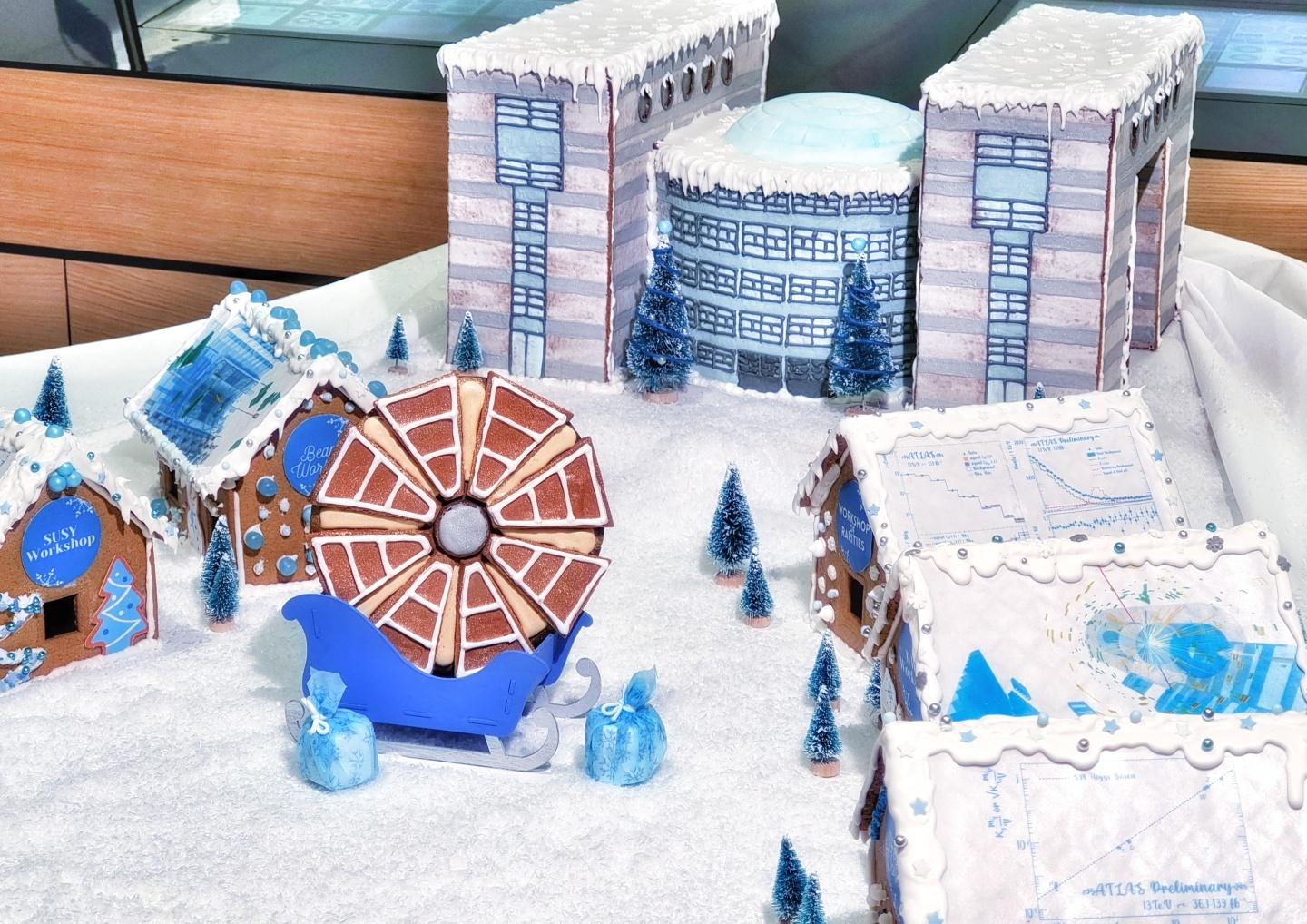Beams splash in ATLAS
After over three years of upgrade and maintenance work, proton beams are back in the Large Hadron Collider! Friday 22 April 2022 marked the start of the LHC’s third operation period (Run 3), which will see a record number of collisions in the ATLAS detector.
News |
Mass matters – but it isn't the only thing!
The ATLAS Collaboration finds evidence of parton mass, colour-charge and radiation-pattern dependence in quark-gluon-plasma induced energy loss.
ATLAS gives new insight into dijet suppression in heavy-ion collisions
At the recent Quark Matter 2022 conference in Krakow, Poland, members of the ATLAS Collaboration presented a new study of “jets” of particles travelling through the QGP. The result provides new insight into dijet suppression due to interactions with the nuclear medium.
ATLAS observes pairs of tau particles in heavy-ion collisions
Today at the Quark Matter 2022 Conference, the ATLAS Collaboration announced the observation of tau-lepton pairs created when particles of light – or photons – interact during lead-ion collisions. The result opens a new avenue for measuring how magnetic the tau lepton is – a property sensitive to new particles beyond the Standard Model.
ATLAS highlights from the Moriond 2022 conference
As one of the most exciting and promising experiments for new crucial discoveries in the field of high-energy particle physics, ATLAS contributed many novel results presented in dedicated talks at the recent Rencontres de Moriond conference.
News |
ATLAS strengthens its search for supersymmetry
Where is all the new physics? Could it be sneaking past the standard searches? ATLAS researchers have developed innovative ways to search for new particles, improving their search programme to ensure they have the best chance of discovering new physics in Run 3 of the LHC.
Search for new physics in Higgs boson decays with displaced photons
The ATLAS Collaboration performed a new search for exotic Higgs-boson decays using the full dataset of 13 TeV proton-proton collisions delivered by the LHC between 2015 and 2018.
One Higgs boson found – could there be more?
Many theories suggest that the Higgs boson discovered in 2012 by the ATLAS Experiment is but the first to be observed from a larger Higgs family. A new ATLAS analysis searches for the presence of a new singly-charged Higgs boson.
ATLAS Live talk: Artificial Intelligence, Machine Learning and the Higgs boson with Dr. David Rousseau
On 31 March 2022 at 8pm CEST, Dr. David Rousseau will give a live public talk on the ATLAS Youtube Channel on the role artificial intelligence plays in particle physics research.
News |
ATLAS reports first observation of single top-photon production
The ATLAS Collaboration announces the first observation of “tqγ production”: the associated production of a single top quark and a photon in proton-proton collisions at the LHC.
ATLAS seeks out unusual signatures of long-lived particles
The ATLAS Collaboration has devised a range of new strategies to look for long-lived particles with various possible characteristics. Four new results from this effort were presented at the recent Lepton-Photon and La Thuile conferences.
Summary of new ATLAS results from 2022 Winter Conferences
The winter conference season is in full swing! 2022 marks the return of full auditoriums and coffee-break chats, as the La Thuile and Rencontres de Moriond conferences welcome participants to venues in the Italian Alps. These are the first large-scale, international particle physics conferences to be held in person in the COVID era – reuniting experimentalists and theorists after almost two years of virtual meetings.
News |
And the ATLAS Thesis Awards go to…
Behind nearly every great ATLAS result lies an outstanding PhD student! Students are a key cohort of the ATLAS Collaboration, making critical contributions to the experiment while working on their degree. Every year, the Collaboration comes together to celebrate their work in the context of the ATLAS Thesis Awards.
News |
ATLAS event selection system readies for LHC Run 3
The ATLAS trigger system operated extremely successfully during Run 1 (2009–2013) and Run 2 (2015–2018) of the LHC. It is now undergoing various upgrades in preparation for the upcoming Run-3 data-taking period, which will see a moderate increase in the rate of collisions inside the experiment.
Looking for the invisible with the Higgs boson
According to the Standard Model, most particles get their mass through an interaction with the Higgs field. If dark-matter particles acquire their mass in the same way, a Higgs boson created in an LHC collision might sometimes decay into a pair of “invisible” dark-matter particles. The ATLAS Collaboration has released a new search for invisible Higgs-boson decays using the full Run 2 dataset.
ATLAS Live talk: Exploring electroweak phenomena with Dr. Karolos Potamianos
On 17 February 2022 at 8pm CET, Dr. Karolos Potamianos will give a live public talk on the ATLAS Youtube Channel on the study of the electroweak force and the role it plays in the Universe.
News |
ATLAS sees a difference between beauty and charm decays of the Higgs boson
Physicists from the ATLAS Collaboration have combined two measurements of the interaction strength of the Higgs boson with two different pairs of quarks. This allows physicists to test a hypothesis that the Higgs boson interacts with charm quarks (which are second-generation quarks) in the same way it interacts with beauty quarks (third-generation quarks).
Developing the ATLAS End-Cap Toroids: a personal history
Former ATLAS engineer Elwyn Baynham shares his experience as part of the team developing the ATLAS End-Cap Toroids. His story paints a personal picture of the history of these incredible magnets.
Blog |
Upgraded ATLAS Liquid Argon Calorimeter ready for next LHC operation
The ATLAS Collaboration has completed the installation of “Phase-I” upgrades of the Liquid Argon Calorimeter (LAr). The upgrades improve the read-out speed of the calorimeter’s electronics and provide more efficient event-selection capabilities. These improvements will be pivotal for data-taking during the coming high-intensity runs of the LHC.
ATLAS gives new insight into the internal structure of the proton
The ATLAS Collaboration has just released a new paper combining LHC and HERA data to determine Parton Distribution Functions (PDFs), which describe what fraction of a proton’s momentum is taken by its constituent quarks and gluons.
Discovery channels join forces for detailed investigation of the Higgs boson
The ATLAS Collaboration has released updated measurements of the Higgs boson properties using the full LHC Run-2 dataset (recorded 2015-2018).
Summary of new ATLAS results from Lepton Photon 2021
The 30th International Symposium on Lepton Photon Interactions at High Energies (Lepton Photon 2021) kicks off today. Explore the ATLAS results that will be presented.
News |
Building an ATLAS gingerbread wonderland
When I received an email from the ATLAS outreach coordinators in October 2021, asking if I would help them make an ATLAS-inspired gingerbread village for this year’s card, I couldn’t refuse an opportunity for another fun “Physics Cakes” project.
Blog |
New ATLAS result seeks to unravel the charge–flavour mystery
Could there be another source of asymmetry in the Universe? ATLAS physicists are studying the differences between positively- and negatively-charged electrons and muons, looking for signs of charge–lepton-flavour symmetry breaking.
ATLAS without Frontiers
For several years, the ICTP Physics Without Frontiers (PWF) programme has been heavily involved with outreach activities to inspire, train and educate young and motivated physics students worldwide. Several members of the ATLAS Collaboration very active in this programme.
Blog |


